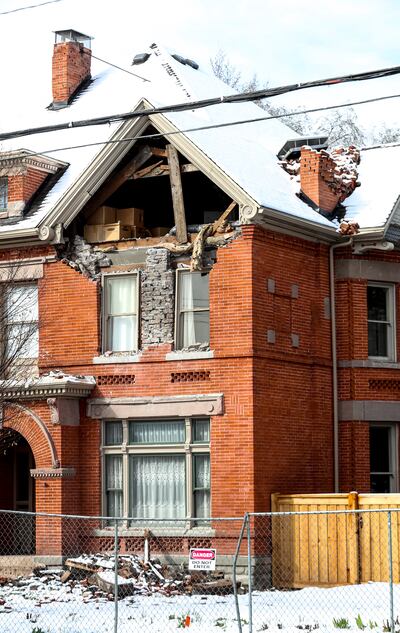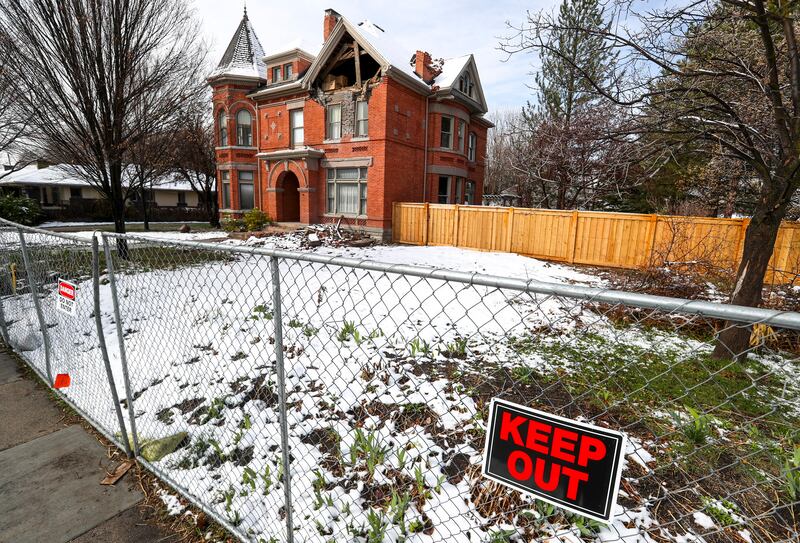SALT LAKE CITY — Even as aftershocks continue to roll through the Salt Lake Valley — including a 3.2 magnitude that struck Thursday shortly after 10 a.m. — the Utah Geological Survey is calling on “citizen scientists” to submit photos of damage or videos of shaking to provide a more thorough record of the aftermath of the magnitude 5.7 earthquake that struck near Magna March 18.
More than two dozen aftershocks over 2.5 magnitude have occurred in the past eight days, including a 3.9 on Sunday afternoon, according to the geological survey. As of midmorning, there have been 742 aftershocks logged.
The visual evidence can be uploaded online and takes about 10 minutes. A digital clearinghouse has already been established and residents can view what has been documented thus far at geodata.geology.utah.gov.

On Thursday, Utah Gov. Gary Herbert issued a statement praising Rocky Mountain Power and other utility providers for their response to the temblor.
”We saw a tremendous amount of response all across the state,” Herbert said. “I want to thank Rocky Mountain Power and the other infrastructure stakeholders for quickly responding and ensuring the safety of all Utahns.”
Roughly 75,000 customers along the Wasatch Front lost electrical power as a result of the earthquake.
According to the governor’s office, Rocky Mountain Power evacuated its Salt Lake headquarters while transferring control operations and call centers to Portland, Oregon. That allowed business to continue amid repairs. The majority of damage to the company’s equipment and facilities was isolated to 10 substations in the Salt Lake Valley, while the overall system self-protected as designed, resulting in minimal damage to the electrical network, Herbert said.
Dominion Energy’s pipelines also passed inspection after the earthquake and there was no damage to any of the five area refineries.
“Due to the incredible leadership and response efforts of Utah’s energy sector, including its utilities, refineries and pipeline service companies, we were able to significantly lessen the level of disruption that otherwise could have occurred as a result of the earthquake,” said Rob Simmons, the governor’s energy adviser and executive director of the Governor’s Office of Energy Development.


